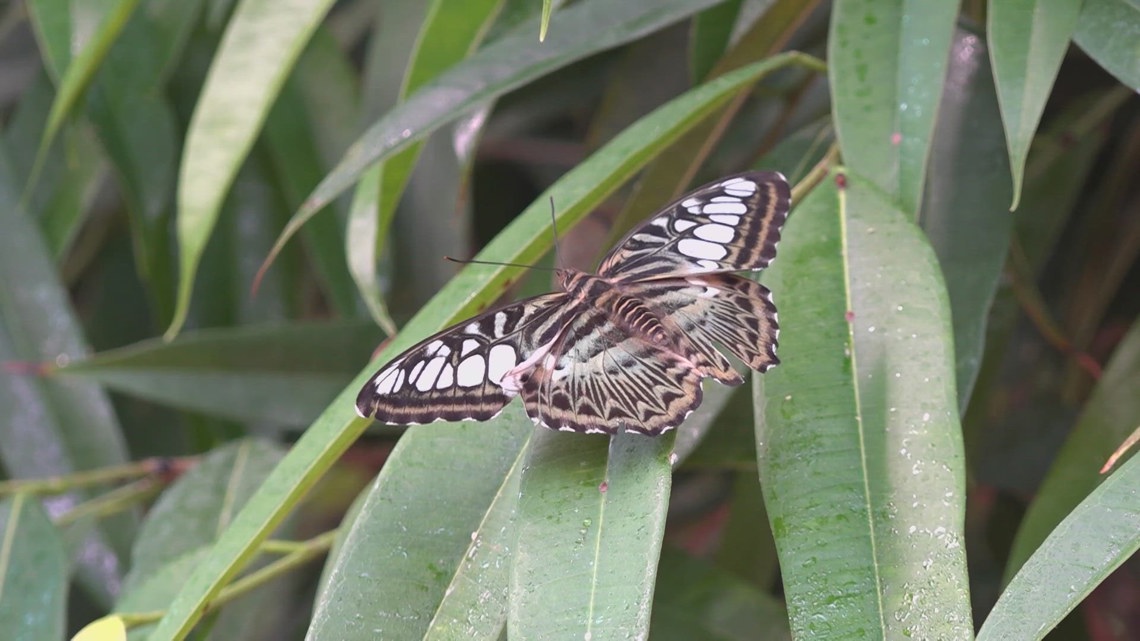
They fly south to Mexico for the winter to survive the cold.
SAN ANTONIO — If you’ve lived in Texas for a while, you know the end of September brings to spectacular migration of the monarch butterfly.
Monarch butterflies in the wild can cannot survive a cold winter. That is why they spend the winter in warmer roosting spots in the forests high in the mountains of Mexico.
The Xerces Society For Invertebrate Conservation says during the annual monarch migration the butterflies fly up to 3,000 miles before reaching their destination, it is every monarch’s first and only migration, and migrating monarchs live longer than others because they can stick out the winter.
“A lot of butterflies are able to pupae, which is when they go into their chrysalis stage over the winter time. And what’ll happen is they’ll find a nice area where there’s lots of leaf litter, lots of fallen leaves on the ground and it provides warmth for them,” said Emily Hogue, the Encounter Educator Lead at the San Antonio Zoo.
The monarch’s annual migration is influenced by seasonal changes including not just temperature, but also daylength. And at the San Antonio Zoo, they actually track some of the monarchs by tagging them.
“We’ll catch them and tag them so we can see if they make their way down to Mexico. And then in the spring, we’ll actually look at their young and the caterpillars to record data on that as well,” said Hogue.
If you miss this migration, there is a second one on the Texas coast that lasts roughly from the middle of October to the middle of November.
The 9th Annual Monarch Butterfly & Pollinator Festival will be held on Saturday, Oct. 5, from 9 a.m. to 1 p.m. at Brackenridge Park, right next to the Zoo entrance.
